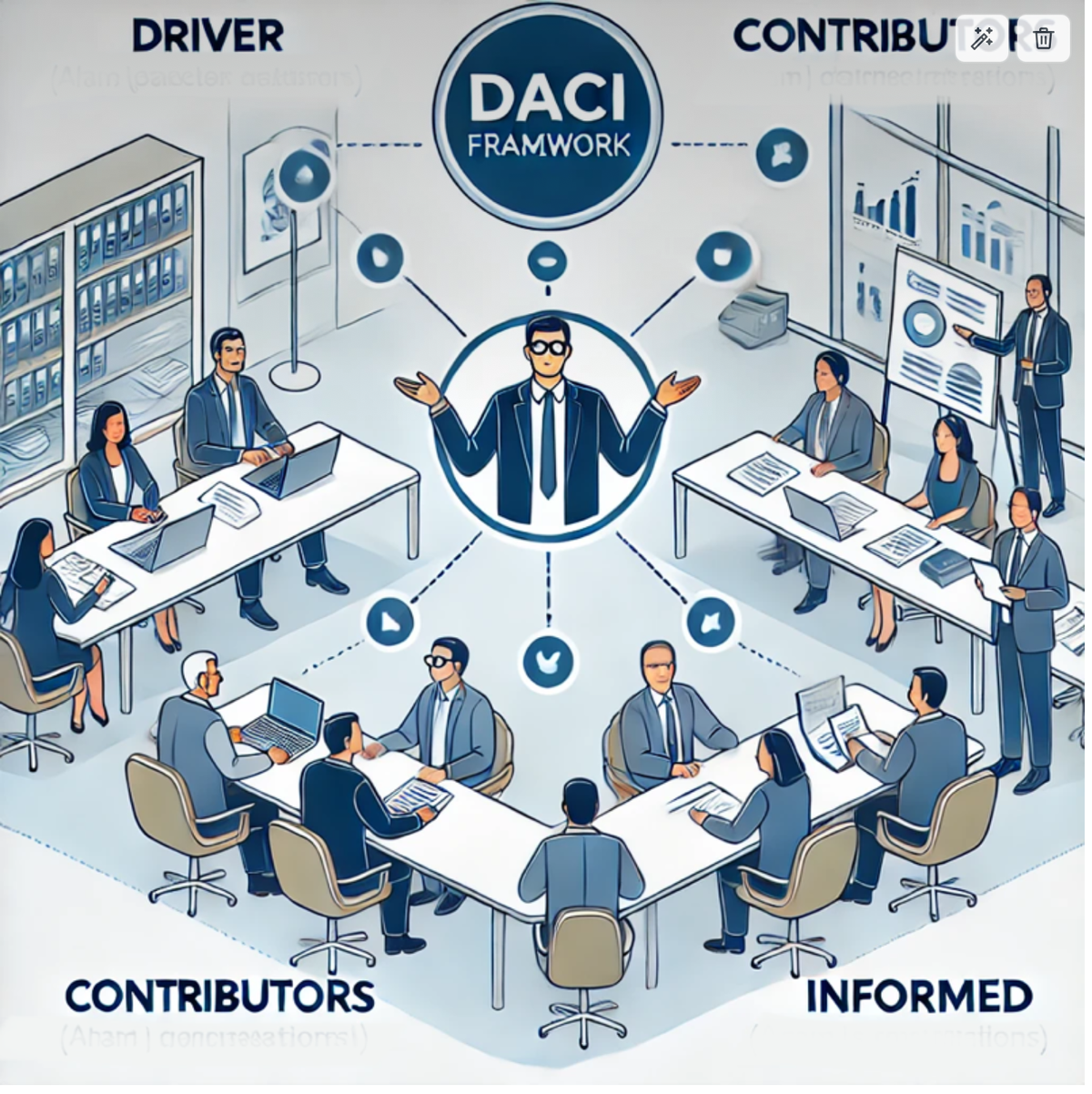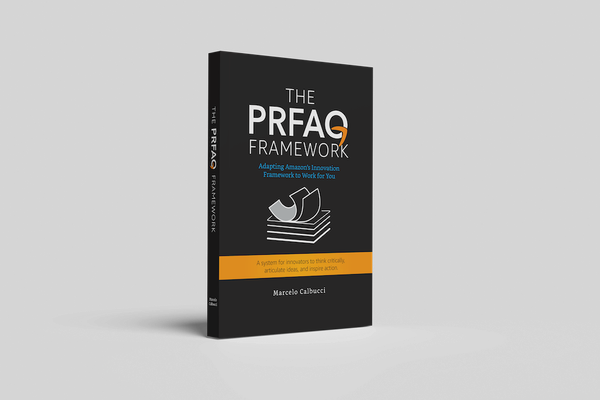Align your stakeholders with DACI
DACI helps you “determine who is involved in which decisions, and in what way.” The framework categorizes roles to ensure everyone understands their level of involvement in the decision-making process

I recently interviewed Bruce and Melissa, authors of the book Aligned, and it was certainly a book I enjoyed. One of the chapters that really stood out to me was the DACI framework for decision-making.
The DACI framework, widely adopted for collaborative decision-making, helps teams clarify roles, avoid ambiguity, and ensure accountability. Originally designed for product development, it has gained traction across various industries due to its versatility and simplicity.
For technical program managers (TPMs), the DACI model can streamline decision-making processes and enhance cross-functional alignment. Let’s explore how.
What is the DACI Framework?
Short for Driver, Approver, Contributors, and Informed, DACI helps you “determine who is involved in which decisions, and in what way.” The framework categorizes roles to ensure everyone understands their level of involvement in the decision-making process.
- Driver: The individual responsible for driving the decision-making process from start to finish. They organize discussions, gather input from relevant stakeholders, and ensure the decision progresses to completion.
- Approver: An executive or senior leader who holds ultimate accountability and has the final say. Once they sign off, the decision is considered final, reducing the risk of last-minute changes or disputes.
- Contributors: Team members who provide valuable input and expertise. They may not make the final decision, but their perspectives are essential for a well-rounded, informed outcome. In a technical context, contributors might include engineers, product managers, or subject matter experts.
- Informed: The informed group includes individuals who need to stay updated on the decision but don’t actively participate in the process. Keeping them in the loop ensures transparency and alignment across the organization.
Benefits of the DACI Decision-Making Framework
TPMs often juggle multiple stakeholders with competing priorities, making a clear decision-making framework essential. The DACI model helps by:
- Reducing Ambiguity: By explicitly defining roles, DACI minimizes the risk of confusion and miscommunication. Each person knows their level of involvement and responsibility, which helps streamline the process.
- Boosting Accountability: With a designated driver and approver, the DACI model establishes accountability. The driver takes ownership of pushing the decision forward, while the approver ensures the outcome aligns with organizational goals.
- Encouraging Collaboration: The contributor role allows relevant stakeholders to bring their expertise to the table. This collaboration fosters an environment where all perspectives are considered, leading to better-informed decisions.
- Enhancing Efficiency: DACI streamlines decision-making by clearly designating roles, reducing delays caused by unclear responsibilities or excessive involvement from too many stakeholders.
How to Implement the DACI Framework
Here’s how to implement DACI effectively:
- Identify Key Decisions Early On: At the start of a project, identify critical decision points. This allows you to map out DACI roles early, ensuring all stakeholders understand their responsibilities from the outset.
- Assign Roles Based on Expertise and Authority: Choose the driver, approver, contributors, and informed parties based on their expertise and authority. The driver should be someone with excellent project management skills, while the approver is usually a senior stakeholder with decision-making authority.
- Establish Clear Communication Channels: For a DACI framework to work, communication must be clear and consistent. Use shared tools (like Slack, Asana, or JIRA) to keep everyone informed of progress and facilitate quick feedback loops.
- Document Decisions: Maintaining a record of decisions, including who approved them and the rationale, is essential. This documentation provides clarity for future reference and helps new team members get up to speed on past decisions.
- Schedule Regular Check-Ins: Regular updates ensure that everyone remains aligned and that the decision-making process stays on track. These check-ins allow the driver to address concerns, gather additional input, and inform contributors and informed parties of progress.
Whether managing feature prioritization, resolving incidents, or coordinating product launches, the DACI framework is a powerful tool for TPMs navigating the intricacies of modern tech projects. As with any model, DACI works best when adapted to the unique needs of each project, team, and organization. When implemented thoughtfully, it can be a game-changer in achieving project goals with clarity and confidence.





